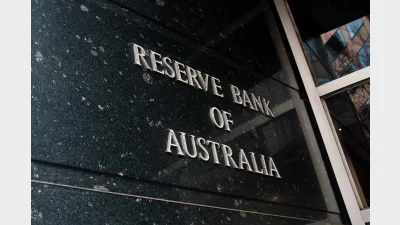Super funds building US dollar buffers for shocks



Global volatility and offshore exposure have driven super funds to build US-dollar liquidity buffers, a new BNY paper has found.
Australia’s largest super funds have quietly accelerated efforts to build multi-currency liquidity capacity, including explicit access to US dollars, as rising offshore allocations and market volatility increase pressure on treasury and risk operations.
A new industry report, Australia Superannuation: Navigating Liquidity and Operational Resilience, published by BNY, has found the shift reflects a structural change in a system now managing roughly A$4.3 trillion in assets and holding close to 150 per cent of GDP in retirement savings.
With portfolios increasingly global, funds are ensuring they can meet overseas obligations and margin calls without relying on volatile spot markets or forced currency conversion during periods of stress.
According to the paper, several large funds now manage multi-currency liquidity rather than relying solely on Australian dollars, building explicit US-dollar access to settle offshore derivatives and fund margin requirements in real time.
This approach aims to mitigate forced asset sales or unfavourable FX conversions if the Australian dollar declines sharply during a shock.
The Reserve Bank of Australia (RBA) has signalled that super funds’ FX hedging and related collateral needs are likely to expand substantially over the coming decade as international allocations increase.
The report highlights lessons from the COVID-19 early-release scheme, when funds lifted aggregate cash by about A$51 billion in a single quarter to meet A$37.3 billion in withdrawals as markets fell and members switched to defensive options.
Today’s operating environment is even more complex, the report described. Members can switch investment options within roughly three business days, while average allocations to private markets exceed 20 per cent and can surpass 30 per cent for some funds — intensifying liquidity and collateral management demands.
To support this shift, funds are increasingly outsourcing post-trade collateral processes to neutral agents, enabling them to mobilise assets against eligibility criteria, automate substitutions and reuse collateral to meet margin calls.
This reduces operational drag and reliance on counterparties’ balance sheets.
Regulatory expectations have also stepped up as APRA’s strengthened investment governance standard requires board-approved liquidity plans, ongoing stress testing and robust valuation practices.
A December 2024 review found 12 of 23 major funds needed material improvements in valuation or liquidity risk management.
The report argued diversified currency access and proactive collateral management are becoming core pillars of super fund liquidity strategy as the system transitions from accumulation to drawdown.
Rather than reacting to shocks, funds are building liquidity frameworks designed to operate globally and respond instantly — in what is now one of the world’s most internationally exposed retirement systems.
Recommended for you
The central bank has announced the official cash rate decision for its November monetary policy meeting.
Australia’s maturing superannuation system delivers higher balances, fewer duplicate accounts and growing female asset share, but gaps and adequacy challenges remain.
Less than two in five Australians are confident they will have sufficient assets to retire and almost three-quarters admit they need to pay greater attention to their balance, according to ART research.
Australia’s largest super fund, AustralianSuper, has announced multiple additions to its executive leadership team to focus on global growth and innovation.









